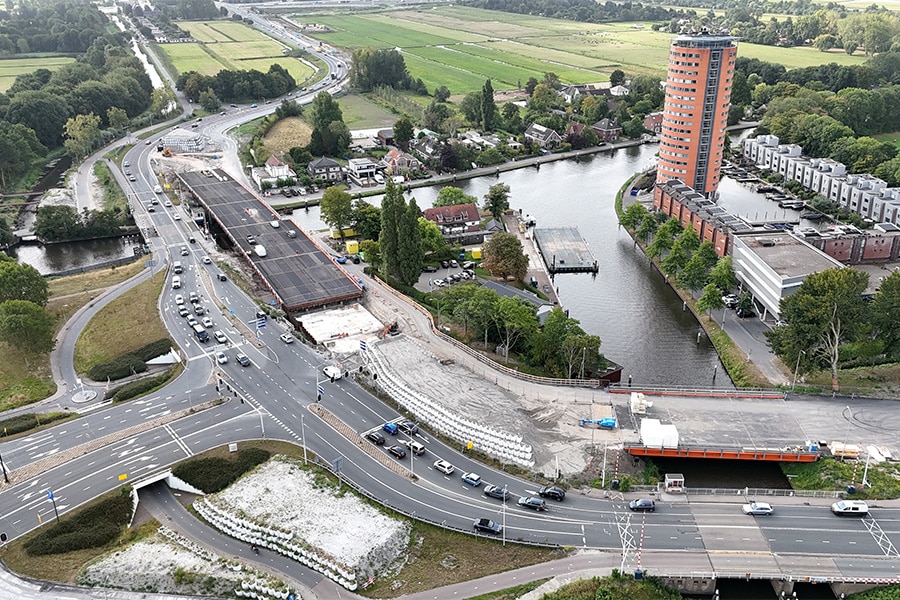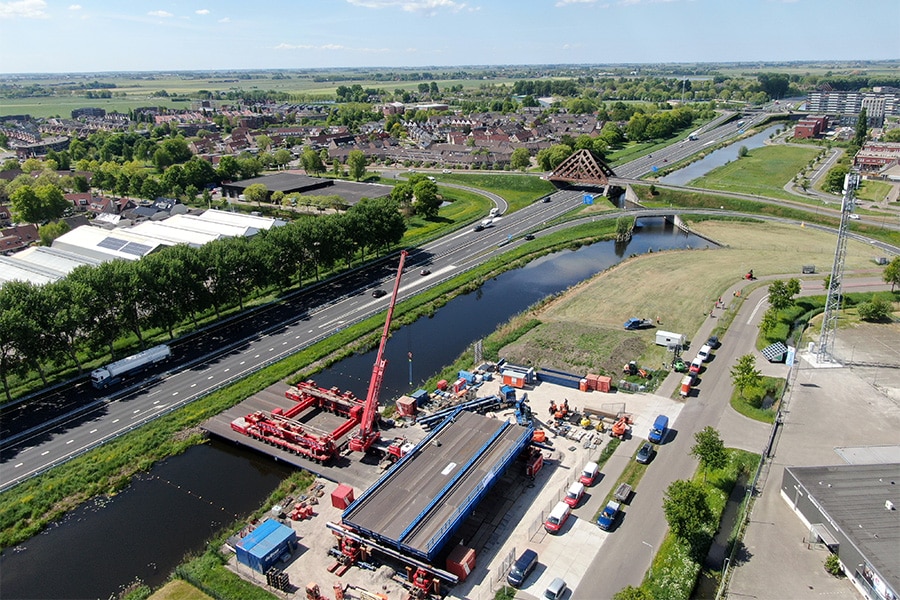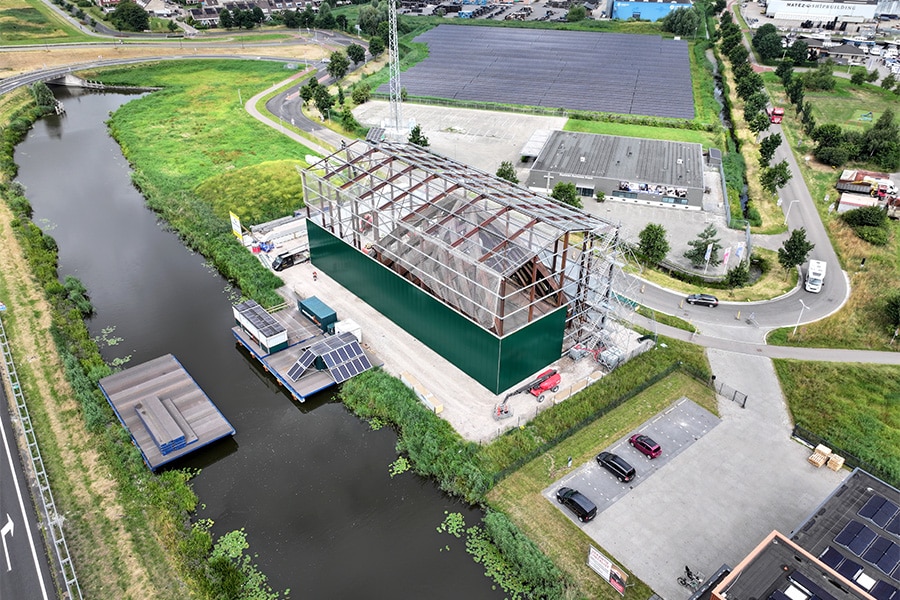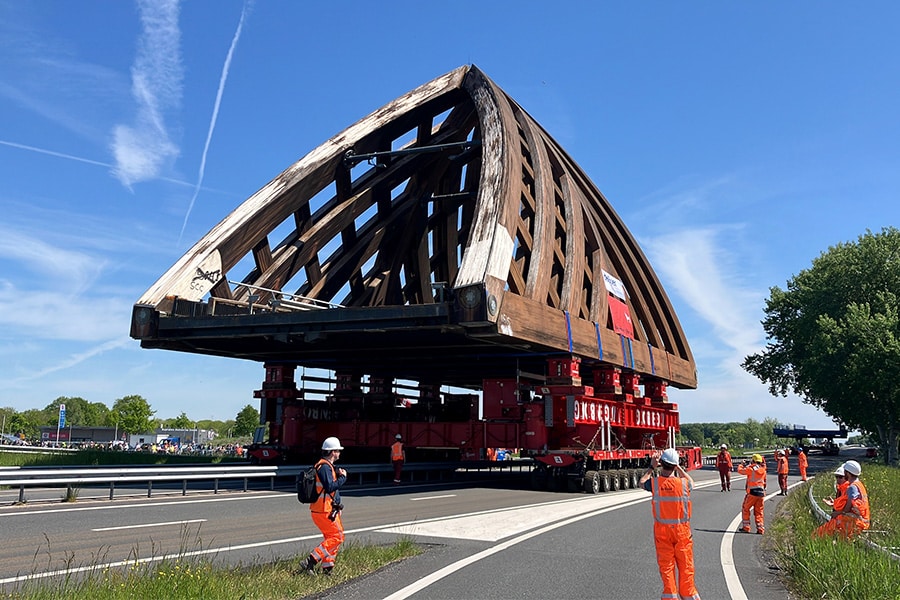
Craftsmanship reigns supreme N522 Replacement bridge Ouderkerk
Traffic on the N522 in Ouderkerk aan de Amstel crosses the Amstel over the Ouderkerk bridge. The bridge dates from 1936 and is in need of technical and traffic replacement. The bridge will be replaced by two new ones to improve both traffic safety and traffic flow on the N522. Combinatie Brug Ouderkerk is responsible for this major replacement operation where time-honored craftsmanship reigns supreme.
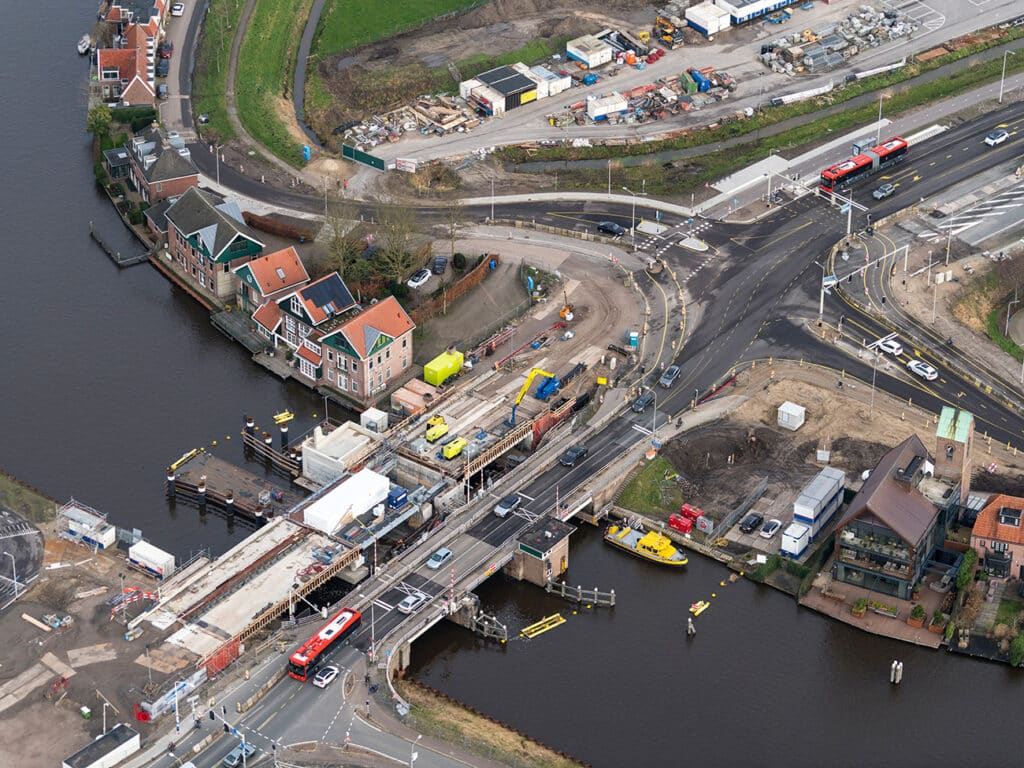
The current bridge in Ouderkerk aan de Amstel is an incredibly busy point with a lot of traffic, pedestrians, cyclists and public transport. "There are very few alternatives in the village to cross the Amstel," knows Sander Lodder, branch manager at Van Hattum en Blankevoort Regio Noord, responsible within the combination for the concrete work of the bridge. "Apart from the fact that the bridge from 1936 is in need of replacement from a technical and traffic point of view, the province of North Holland is also keen to improve traffic safety. In the new situation we will go from two lanes of traffic to three lanes of traffic and a separate bicycle and pedestrian path."
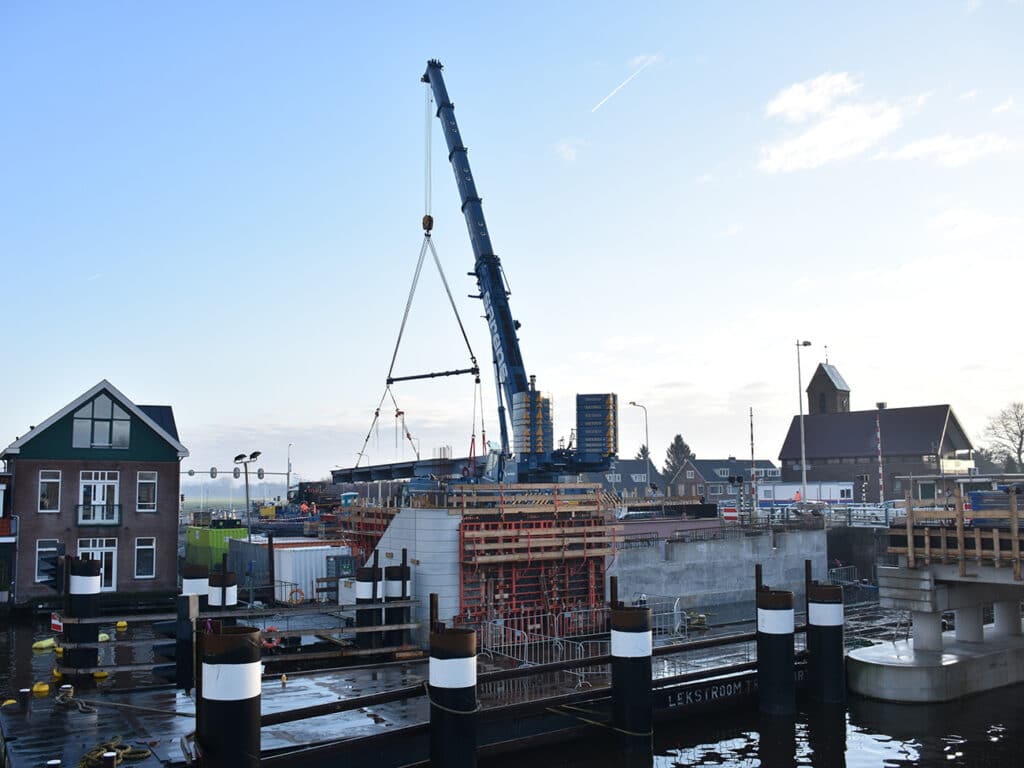
Smart concept
The starting point for the construction of the new bascule bridge is minimal disruption to road traffic and shipping. "As a combination, we came up with a clever concept in which the bascule basement is pre-built on the bank and then retracted. In this way, we don't have to build an excavation pit in the water, which would cause lengthy blockages, and the crane effort also remains limited," Lodder explains. "Incidentally, the bascule basement of the first bridge was already successfully relocated last summer via Ct deBoer's sliding conveyors to its final position in the Amstel River. Big advantage of this method, is that we can plan various works in parallel. Moreover, building a basement on the bank is of course just a little more pleasant than being largely under water. That does not alter the fact that sliding it in does require the necessary preparation and expertise, but Ct deBoer can handle that."
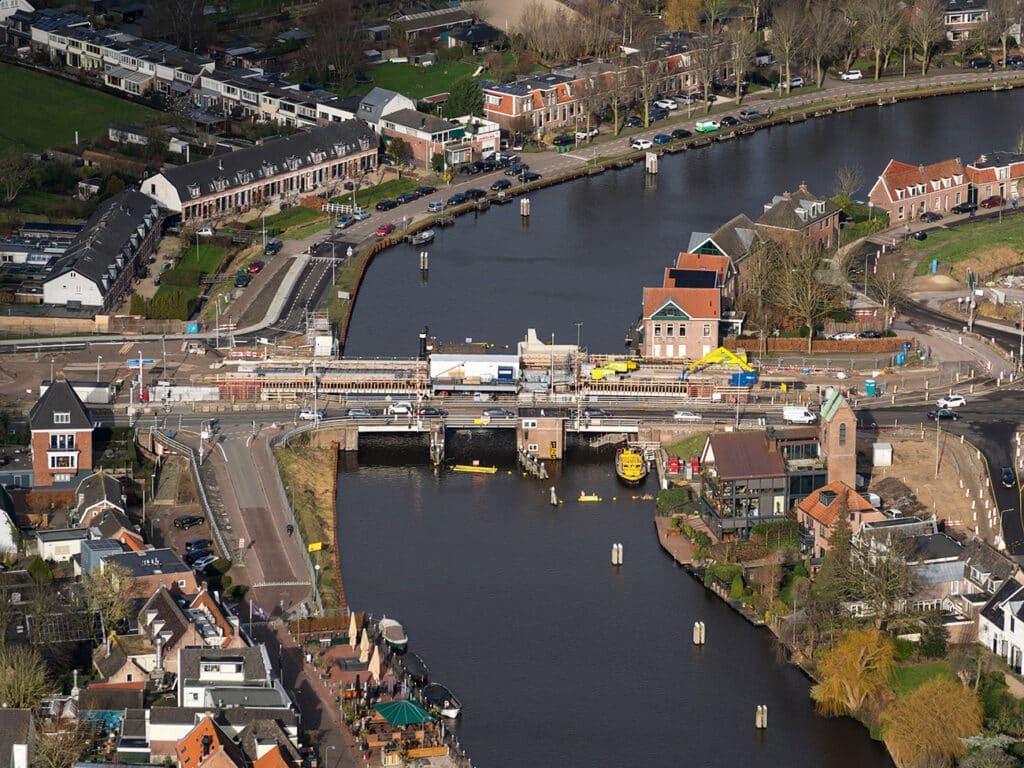
Two phases
The entire replacement operation of the old 1936 bridge actually consists of two phases. "In phase 1, the first bridge will be built and commissioned, while in phase 2 the existing bridge will be demolished and a new one will be built at the same location," Lodder says. "Both bridges will be hydraulically driven, for which Hollandia Infra will provide the moving steel parts and Vialis will provide the controls. Last year, the approach to the first bridge was already largely prepared by KWS Infra. Traffic is already partly driving over the new road body. This means that the commissioning of the first bridge can soon proceed smoothly. We did experience some delay due to an incident, however. For that reason, the northern bridge will be put into operation around the summer of this year, after all systems have been thoroughly tested, of course. Phase 2 will start immediately afterwards. Here we will follow a similar procedure, in which the bascule basement will also be built on the bank and retracted afterwards."
"The replacement task is technically quite a complex operation, especially to accurately coordinate all facets in design and execution," Lodder summarizes. "We have combined our execution and design knowledge to come up with smart solutions so that we can build on the water as efficiently as possible. As one of the few infrastructure contractors in the Netherlands, we still employ many of our own foremen and carpenters. That knowledge and experience is certainly worth its weight in gold in such a technical project. No 'concrete work' is the same. Moreover, there is also a lot of masonry work involved. Craftsmanship reigns supreme here in the realization of the two new bascule bridges."
